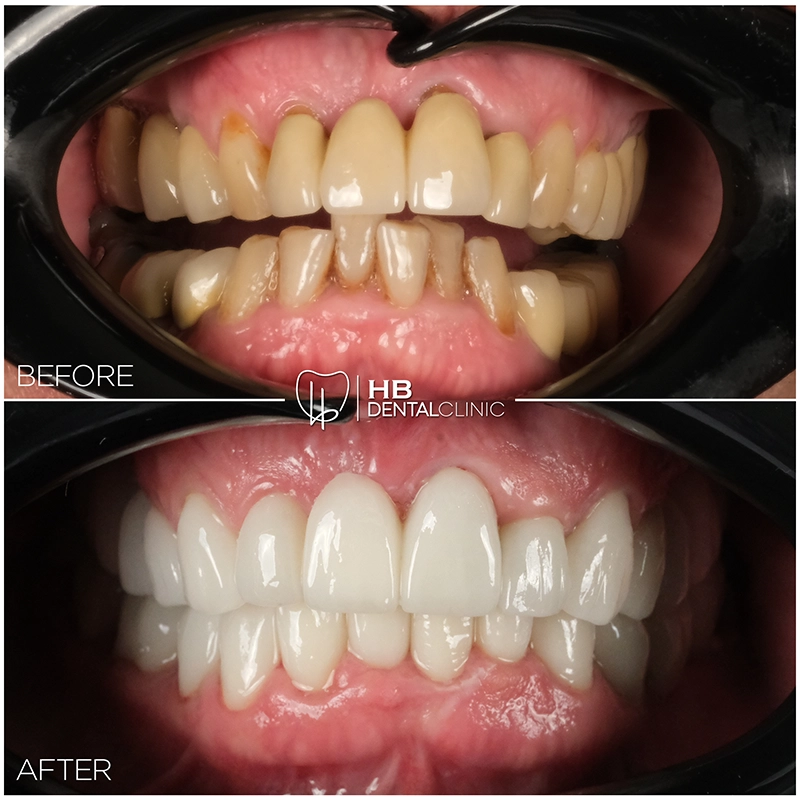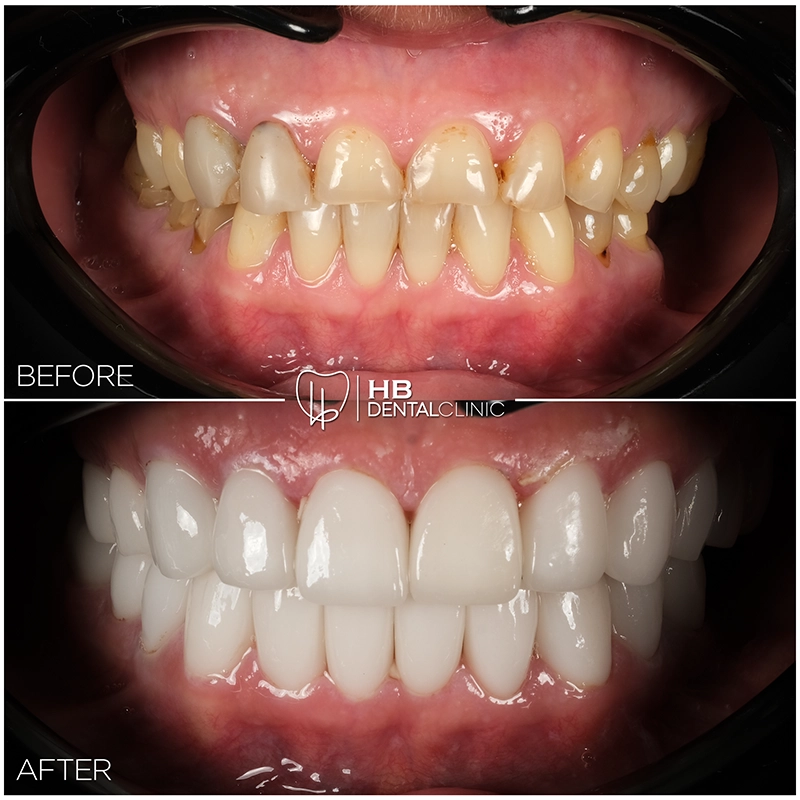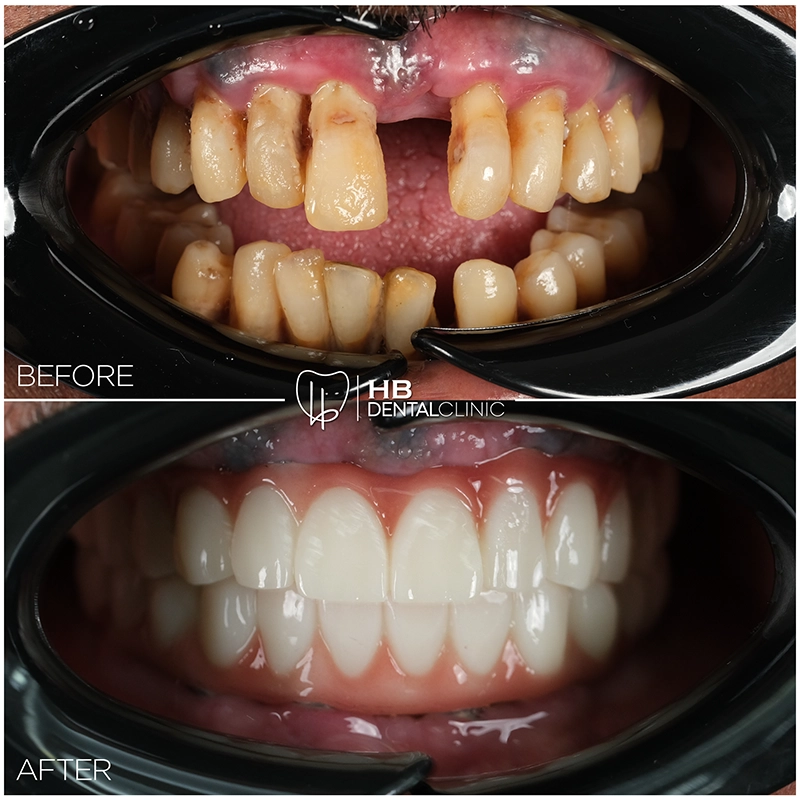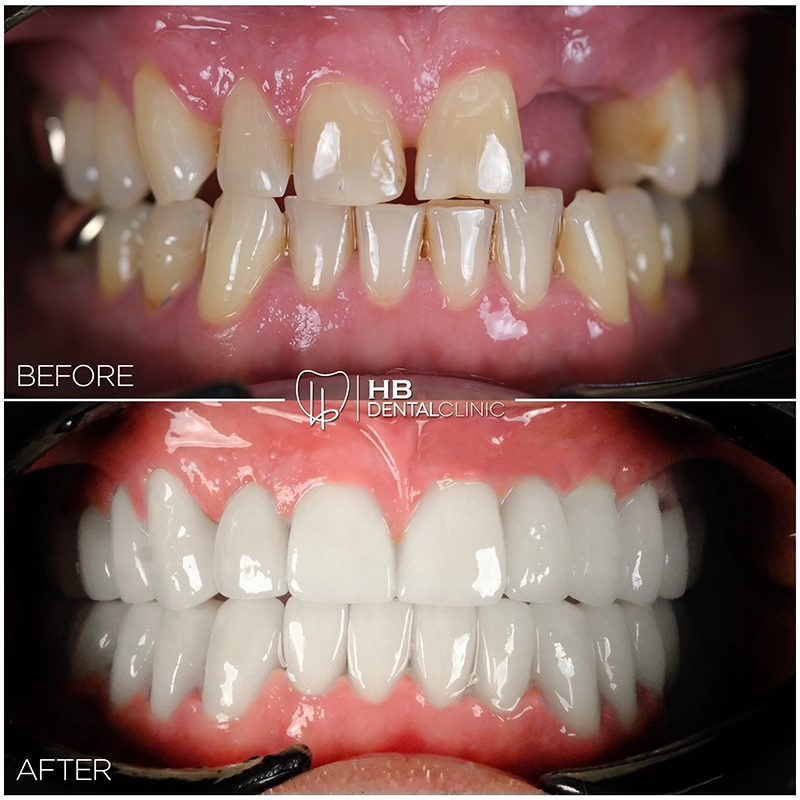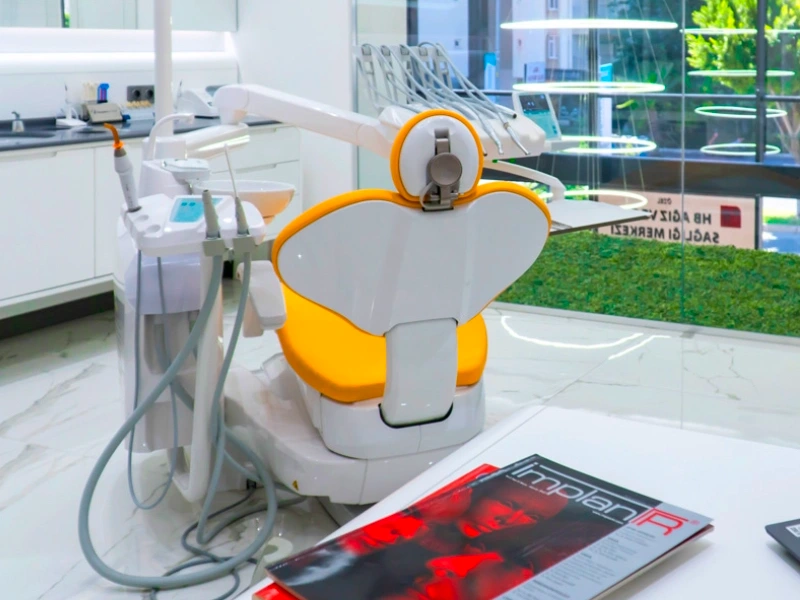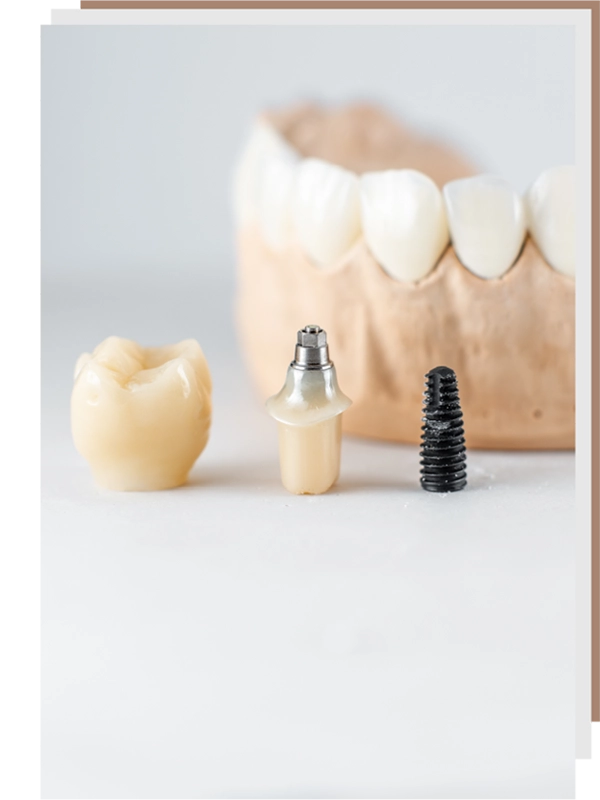
Dental Implants
Our team provide the best dentistry services for patients all over the world. The aim is becoming worldwide leading VIP dental centre swith a global management perspective in placing our VIP Dental centers in Turkey on the World scene.
What are implants?
An implant can be defined as an artificial root that is placed in the location of a missing tooth. This artificial root is usually made of titanium and is implanted into the jawbone, upon which a prosthetic tooth is attached.
Who is suitable for implant treatment?
Implant treatment can be used for anyone who has lost one or more teeth. However, individuals with a healthy jawbone structure and good oral hygiene tend to have more successful results.
How is implant treatment applied?
Examination and Evaluation:
The implant treatment process starts with evaluating the patient’s oral health and tooth loss. The dentist performs a thorough examination of the patient, reviews X-ray images, and evaluates the jawbone structure. At this stage, a decision is made on whether implant treatment is a suitable option.
Treatment Planning:
Treatment planning is critical to ensure that the implants are placed correctly. The dentist may use digital imaging, computer-aided design (CAD), and computer-aided manufacturing (CAM) technologies to ensure that the implants are placed in the correct size, shape, and location.
Implant Placement:
Implant placement surgery is typically performed under local anesthesia. The dentist performs a surgical procedure to place the implants into the jawbone. Implants are usually screw-like structures made of titanium and inserted into the jawbone. After the procedure, time is given for the implants to heal.
Healing Process:
Implants require a healing process to fuse with the jawbone. This period can range from 2 to 6 months. When the implants are firmly fused with the jawbone, the prosthetic teeth can be fitted.
All-on-4 and All-on-6 Dental Implants
Following the loss of all teeth, the jawbone can decrease in height and width. In these cases we can now make a fixed prosthesis using 4 or 6 implants on each jaw. This technique is called All-on-4 or All-on-6 and has become an incredibly effective way to provide comfortable prosthesis in the case of complete edentulism. Sometimes there can be cases where these methods of treatment are also used for aesthetic purposes and to reduce the need for further procedures such as bone augmentation.
The implants, which are placed in the anterior region only, provide efficient prosthesis without damaging nerves in the lower jaw or sinuses in the upper jaw due to insufficient bone in the posterior region. Since the implants placed will also assist in preventing further disintegration of the jawbone, bone tissue is also preserved.
The size of prosthesis used can also be much smaller in comparison to a denture as the implants are already fixed in place and the prosthesis can be fitted directly to them. Aesthetically, the prosthesis consists of both tooth and gingival components which gives a much more pleasing result and allows for minor alterations to take place by opening part of the gingiva.
The procedures to fit these All-on-4 and 6 prostheses can all be safely completed with the aid of just a local anesthetic. We use a variety of different-angled implants which improve the stability of the prosthesis which we call Hybrid Dental Prosthesis. In my experience of over 20 years as a dentist, I wish I had been able to use such technology on my older patients and I really look forward to seeing the advancement of techniques like this to improve patients dental health.






